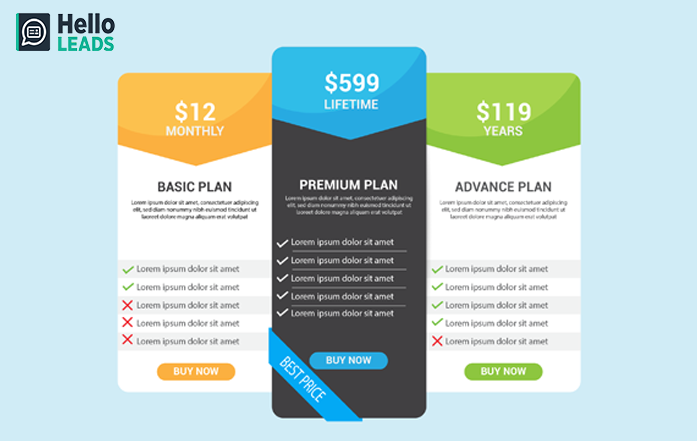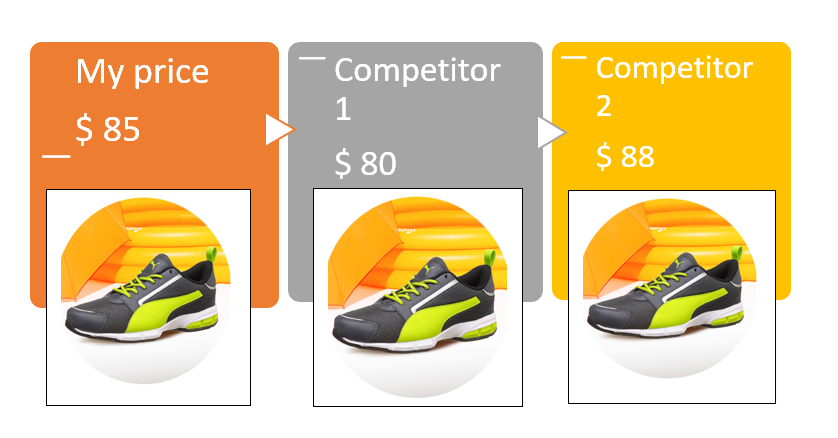
Pricing your product or service is one of the most important decisions you’ll have to make as a small business owner. If you get it right, you’ll be able to maximize sales while maintaining steady revenue levels. But if you get it wrong, you would have to struggle to turn a profit or expand your business.
So, how do you find the right pricing strategy for your business? It’s all about understanding your customers’ needs and how much they’re willing to pay for your product or service. You’ll also want to consider market conditions, competitor activity, trade margins, and input costs, among other factors.
Best pricing strategy vs Weak pricing strategy:
Best Pricing Strategy
- Portrays value
- Convince your customers to buy
- Gives your customers confidence in your product
Weak Pricing Strategy
- Not accurately portray the value of your product
- Makes customers feel uncertain about buying
- Targets the wrong customers
To help you make the best pricing decisions for your business, here are seven essential strategies to consider:
1 . Value-based pricing:

This is a popular strategy for SaaS companies, as it takes into account customers’ perceptions of the value of a product or service. If you offer unique or highly valuable features, you can use value-based pricing to set prices based on what customers think your product is worth.
2 . Competitive pricing:

Also known as competitor- or competition-based pricing, this strategy sets prices based on what rival companies charge for similar goods. This is a great strategy for newly established businesses looking to get a foothold in the market. Just remember to only consider publicly available information about your competitors’ pricing, and don’t forget to factor in your own costs and desired profit margins.
3 . Skim pricing:
This strategy, also known as price skimming, is ideal for products with different life cycle lengths. For example, you might launch a new product at a high price to attract early adopters, and then gradually lower the price as competitors enter the market. Skim pricing works particularly well for new products like laptops, smartphones, or automobiles.
4 . Cost-plus pricing:
Also known as cost-based pricing or markup pricing, this strategy involves calculating the cost of production and adding a desired profit margin to determine the final price of a product. This approach to pricing is simple and straightforward, but it may not take into account customer demand or willingness to pay.
5 . Penetration pricing:
This strategy involves initially setting a low price for a new product or service in order to attract customers and gain market share. Once you’ve established your brand, you can gradually increase the price. This strategy is often used by new businesses looking to break into a competitive market.
6 . Economy pricing:
Economy pricing is a pricing strategy that allows businesses to price their products at lower prices due to low production costs to attract bargaining customers. This pricing method is similar to competitive pricing in that it lowers product prices to attract customers. Economy pricing, on the other hand, primarily targets customers who are willing to forgo quality in favor of a lower price. This primarily enables businesses to price products based on their manufacturing cost. As an example, products from generic grocery store brands often have lower prices than name-brand products because they do not incur the costs associated with advertising and out-of-store promotion.
7 . Dynamic pricing:
Dynamic pricing is also referred to as real-time pricing, time-based pricing, surge pricing, and demand pricing. This strategy enables a company to set the price for a product or service that is highly adaptable to market demands. For instance, an algorithm behind this pricing method automatically adjusts prices based on purchasing activity. Customers expect prices to vary depending on the project and circumstances, so dynamic pricing works well for small businesses. This pricing structure allows for multiple opportunities to take advantage of shifts in the market and customer needs.
Conclusion:
Pricing your product or service is a crucial part of running a successful small business. By understanding your customers’ needs and using the right pricing strategies, you can maximize sales and revenue while still turning a profit.
Share this blog :











Leave a Reply